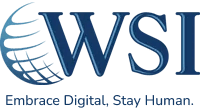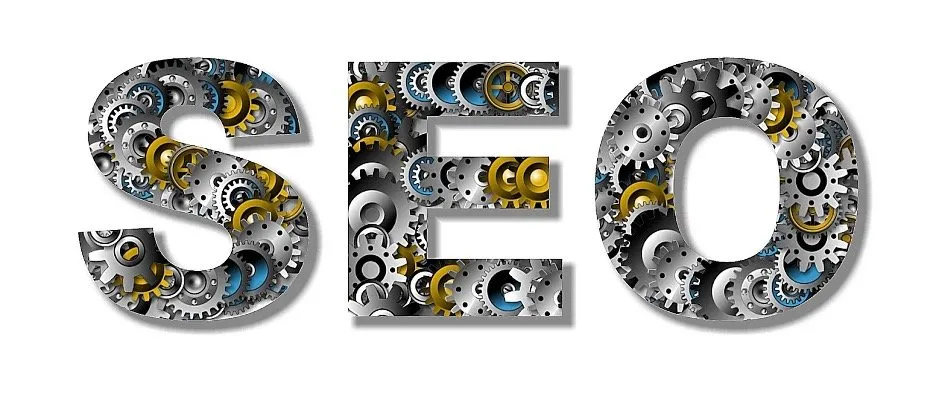On-page optimization is one of the most important aspects of SEO. It is the process of optimizing your website’s content, structure, and technical factors to improve your rankings in search engines. When done correctly, on-page optimization can help you achieve better visibility for your website, increase traffic, and boost conversions. In this article, we will cover everything you need to know about what is on-page optimization and how you can use it to improve your SEO strategy!
Crucial On-Page SEO Considerations
To ensure your website is optimized for search engines, there are a few key considerations you need to take into account.
Here are the most important on-page SEO factors:
Page Title:
The title of your page should be descriptive and include your target keyword.
Meta Description:
The meta description is a short summary of your page’s content. It should be interesting and include your target keyword.
Header Tags:
Header tags are used to structure your page’s content. They help search engines understand the hierarchy of your content.
Keywords:
Your target keywords should be included in your page’s title, meta description, header tags, and throughout the body of your content.
Links:
Internal and external links help search engines understand the context of your page’s content. They also help improve your website’s navigation.
Images:
Include relevant images on your pages, and optimize them with descriptive alt text.
Content:
Your content should be well-written, informative, and include your target keyword. Content is one of the most important on-page SEO factors.
URL Structure:
Your URLs should be short, descriptive, and include your target keyword.
Page Loading Speed:
Make sure your pages load quickly by optimizing your images and using a content delivery network (CDN).
Mobile-Friendliness:
With more people searching on mobile devices, it’s important to make sure your website is mobile-friendly. Use responsive design and test your pages on different devices.
User Experience:
Make sure your website is easy to navigate and includes relevant targeted content. If your website is difficult to use, people will leave and you’ll lose potential customers.
By following these on-page SEO tips, you can improve your website’s ranking in search engines and drive more traffic to your site.
Why Is On-Page Optimization So Crucial?
On-page optimization is important because it helps search engines understand your website’s content and structure. It also helps improve your website’s usability, which can lead to more traffic and conversions. When done correctly, on-page optimization can help you achieve better visibility for your website, increase traffic, and boost conversions.
Some Examples Of On-Page SEO Optimization Activities:
- optimizing your website’s title and meta tags
- adding relevant keywords to your page’s content
- creating descriptive URLs
- improving your website’s navigation
- optimizing your images with alt text
- increasing your page loading speed
- make sure your website is mobile-friendly
Apart from this, you should also focus on creating high-quality content that is well-written and informative. Your content should be keyword-rich, but it should also be interesting and engaging. If your content is boring, people will leave your site and you’ll lose potential customers. Don’t just add fluff in order to increase your word count!
If you want to improve your on-page SEO, start by optimizing your website’s title and meta tags. Then, add relevant keywords to your page’s content and create descriptive URLs. You should also focus on improving your website’s navigation and increasing your page loading speed. Finally, make sure your website is mobile-friendly.
By following these tips, you can improve your on-page SEO and drive more traffic to your site.
Some Common On-Page SEO Mistakes
One of the most common on-page SEO mistakes is keyword stuffing. This is when you add too many keywords to your page’s content in an attempt to rank higher in search engines. However, this can actually hurt your ranking because it makes your content difficult to read and understand. It can also lead to a penalty from Google.
Another common mistake is not using header tags correctly. Header tags are used to structure your page’s content and help search engines understand the hierarchy of your content. If you don’t use them correctly, it can hurt your SEO.
Finally, another mistake people make is not optimizing their images. When you add images to your pages, make sure to include descriptive alt text. This will help improve your page’s ranking in image search results.
If you want to avoid making these common on-page SEO mistakes, focus on creating high-quality, keyword-rich content. Then, use header tags to structure your content and optimize your images with alt text.
By following these tips, you can improve your on-page SEO and avoid common mistakes.
How Do You Assess Your Site’s Overall Optimization?
You can now assess the performance of your website after learning about on-page SEO. You may either audit your website using a tool or go through each page one at a time. You may use these factors as a foundation for on-page optimization if you want to do it yourself.
- The quality of your website’s content
- The structure of your website
- The loading speed of your website
- Is your site mobile-friendly?
- How well you have optimized your title tags and meta descriptions
After auditing your website, you can start making changes to improve your on-page SEO. Remember to measure your progress so that you can track the results of your efforts. On-page optimization is a solid foundation for any good SEO strategy.
By optimizing individual pages, you can improve a website’s overall ranking in search engines. If you want to learn more about on-page optimization, contact an experienced SEO company. They can help you create a custom plan to improve your website’s performance.
Conclusion
On-page optimization is a process that involves optimizing individual pages to improve a website’s overall ranking in search engines. This can be done by optimizing your website’s title and meta tags, adding relevant keywords to your page’s content, creating descriptive URLs, improving your website’s navigation, optimizing your images with alt text, increasing your page loading speed, and making sure your website is mobile-friendly. You can also avoid common on-page SEO mistakes, such as keyword stuffing, by creating high-quality content. If you want to learn more about on-page optimization, contact an experienced SEO company. They can help you create a custom plan to improve your website’s performance.
Thanks for reading!

Jukka founded WSI Web Enhancers in 2012. His progressive and pioneering SEO approaches help businesses increase traffic while improving conversion rates. As an accomplished digital marketing authority, he spins effective web design, SEO, and social media engagement into winning strategies for local and national companies.






